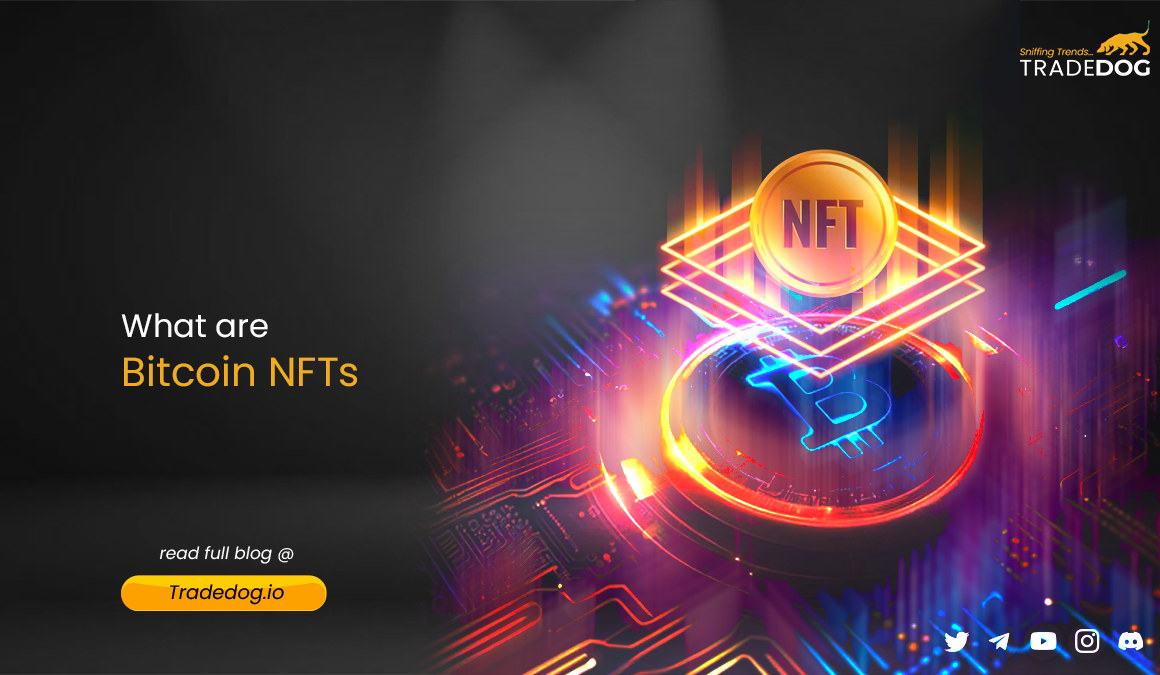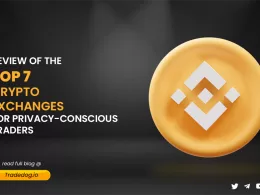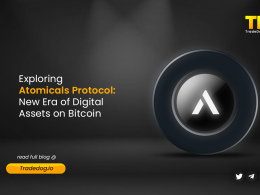Quick Links
When the term NFTs comes up, minds often race to Ethereum or Solana, but the surprise lies in the expansion to other blockchain networks, including Bitcoin. In this article, we delve into the Bitcoin NFTs, a vertical of the Bitcoin ecosystem that has been gaining rapid traction among creators and digital collectible enthusiasts.
Bitcoin’s NFT Journey
Bitcoin’s involvement with NFTs isn’t recent; it dates back to the release of the first NFT collection on Bitcoin known as “Rare Pepes” in September 2016. Utilizing the Counterparty protocol built atop Bitcoin, Rare Pepes laid the foundation for Bitcoin’s venture into tokenized assets.
Bitcoin NFT Utility
Bitcoin NFTs redefine digital ownership across various domains:
- Digital Art and Music: Exclusive digital tokens for art and audio ownership.
- Collectibles: Digital items gaining value through utility, scarcity, and affiliation with a Bitcoin DAO.
- Gaming: In-game items transformed into player-owned assets, fostering a play-to-earn ecosystem.
- Virtual Real Estate: Unique tokens shaping the metaverse and virtual land growth.
- Identity: Decentralized identity and domain names utilizing NFTs.
- Real-world Property: Assets like real estate, cars, and physical art are authenticated on the blockchain as NFTs.
NFTs on Stacks: Bitcoin’s Expressive Layer
Stacks, a layer introducing smart contracts and decentralized applications to Bitcoin, becomes a pivotal player in the Bitcoin NFT ecosystem. NFTs on Stacks, written in Clarity, provide high security without compromising the mainchain’s code.
Infrastructure for Bitcoin NFTs on Stacks
Stacks Wallets
- Hiro Wallet: A desktop and browser extension for viewing, exchanging, and storing NFTs on Stacks.
- Xverse: A mobile app Web3 wallet supporting tokens and NFTs on Bitcoin and Stacks.
Bitcoin NFT Marketplaces
- Gamma.io: Leading open marketplace for purchasing Bitcoin-secured NFTs.
- HeyLayer: Web3 launchpad simplifies minting, managing, and distributing NFTs and offers fiat payment methods and no-code minting tools.
- TradePort: Feature-rich, cross-chain marketplace supporting Stacks and NEAR.
Noteworthy Bitcoin NFT Projects
- Megapont Ape Club: Popular Bitcoin NFT project on Stacks with a fictional universe of Earth species mutants. Launched in October 2021 with 2,500 items in the collection.
- Satoshibles: NFT collection portraying Dorian Nakamoto, initially on Ethereum, later bridged to Stacks. Launched in January 2021 with 5,000 items in the collection.
Difference between Bitcoin NFTs & Ordinals
Bitcoin NFTs and Ordinals are distinct in their approach to representing digital assets on the Bitcoin blockchain. While both are non-fungible and linked to digital art, the key difference lies in their structure.
Bitcoin NFTs, created using layered solutions like Stacks or RSK, are unique digital collectibles inscribed on Bitcoin. In contrast, Ordinals are digital assets directly inscribed on satoshis, the smallest Bitcoin units, providing decentralized and highly secure standards. Ordinals use a unique numbering scheme to assign identifiers to each satoshi, ensuring transparency and verification.
This fundamental difference distinguishes their methods of asset representation on the Bitcoin blockchain, catering to various use cases within the digital space.
Bitcoin’s Limitations and Innovations
Despite Bitcoin’s simplicity at its protocol’s core, lacking native capabilities for NFT creation, recent innovations challenge this notion. The Ordinals protocol, assigning a unique number to each satoshi, showcases a creative approach. Additionally, layered solutions like Stacks, RSK, and Liquid Network bring smart contracts and NFT functionality to Bitcoin.
Conclusion
The evolution of Bitcoin NFTs, from the pioneering Rare Pepes to the current extensive infrastructure on layers like Stacks, marks a remarkable journey. Bitcoin, with its security and decentralization, has become a compelling choice for creators and collectors alike.
As the community explores additional Web3 infrastructure, Bitcoin stands as a trusted and decentralized blockchain securing digital assets. In considering Bitcoin for NFTs, users gain not just digital ownership but the assurance of a blockchain rooted in trust.
By unraveling the layers of Bitcoin NFTs, we witness a dynamic intersection of technology, creativity, and decentralized ownership shaping the future of digital assets.









